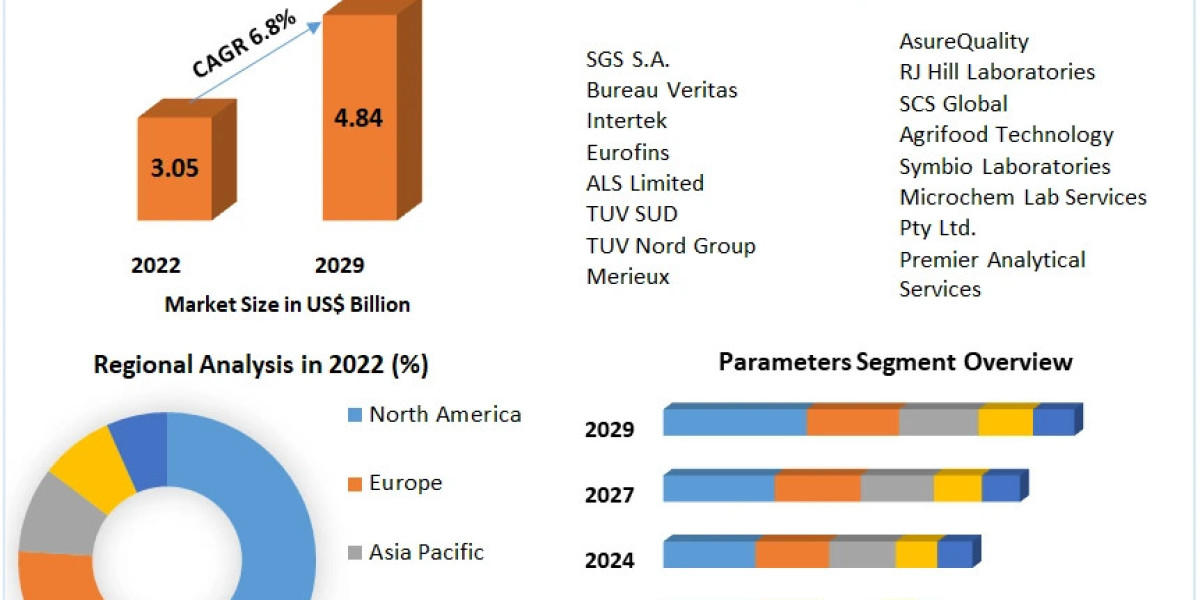The world of open source software (OSS) is built on collaboration, transparency, and shared knowledge. For many years, this ecosystem thrived on community contributions and volunteer efforts. However, as open source solutions have become integral to business operations, the need for sustainable funding models has grown. This shift has led to the rise of open source monetization strategies, transforming free software into profitable ventures.
Understanding Open Source Monetization
Open source monetization refers to the process of generating revenue from open source software. Unlike proprietary software, where the primary revenue stream comes from selling licenses, open source software is often freely available. Therefore, businesses and developers must employ innovative strategies to generate income while maintaining the open nature of their projects.
Key Monetization Strategies
1. Dual Licensing
Dual licensing offers software under two different licenses: a free open source license and a paid commercial license. This approach allows companies to use the open source version for free under certain conditions, while commercial entities pay for a license that provides additional features, support, or compliance with proprietary needs.
2. Subscription-Based Services
Many open source projects offer subscription-based services, such as premium support, regular updates, and access to exclusive features. This model ensures a steady stream of revenue while providing users with valuable services that enhance their experience and productivity.
3. Cloud Hosting and Managed Services
Cloud hosting and managed services have become popular monetization avenues. Companies offer to host and manage the open source software on their servers, providing scalability, security, and ease of use. Users pay for the convenience of not having to manage the infrastructure themselves.
4. Consulting and Custom Development
Expertise in open source software can be a valuable asset. Companies and developers can offer consulting services, helping businesses implement and optimize open source solutions. Additionally, custom development services can cater to specific needs, providing tailored features or integrations that go beyond the standard open source offering.
5. Training and Certification
Training programs and certification courses can be a lucrative revenue stream. These programs help users and businesses get the most out of the software, ensuring they are using it effectively and efficiently. Certifications can also validate expertise, adding value for professionals in the job market.
6. Donations and Crowdfunding
While not always as reliable as other models, donations and crowdfunding can still provide significant support. Platforms like Patreon or Kickstarter allow developers to seek funding directly from users who benefit from their work. Successful campaigns can raise substantial amounts, enabling continued development and maintenance of the software.
Balancing Profit and Open Source Principles
One of the challenges in open source monetization is maintaining the balance between generating revenue and adhering to the core principles of open source. Transparency, community involvement, and the freedom to use, modify, and distribute the software are fundamental values that should not be compromised.
Successful open source monetization requires clear communication with the community. It’s essential to explain how the monetization strategy benefits the project and its users. Involving the community in decision-making processes and ensuring that the open source version remains a valuable and viable option helps in maintaining trust and support.
Case Studies of Successful Open Source Monetization
1. Red Hat
Red Hat is a prime example of successful open source monetization. By offering enterprise solutions, including support, training, and certification, Red Hat has built a billion-dollar business while contributing significantly to the open source community.
2. Elastic
Elastic, the company behind Elasticsearch, follows a dual licensing model. They offer open source software under the Elastic License and also provide premium features and services through their subscription model. This approach has enabled them to sustain their business and invest in further development.
3. GitLab
GitLab offers a comprehensive DevOps platform with both open source and paid options. Their monetization strategy includes subscription plans that provide additional features, support, and cloud hosting services. This model has helped GitLab grow rapidly while maintaining a strong open source presence.
The Future of Open Source Monetization
The landscape of open source monetization is continuously evolving. As more businesses adopt open source solutions, the demand for innovative monetization strategies will grow. Emerging trends, such as open core models (where the core functionality is open source, but premium features are proprietary), are gaining traction.
Additionally, the integration of artificial intelligence (AI) and machine learning (ML) into open source projects presents new opportunities for monetization. AI-driven analytics, personalized user experiences, and advanced automation can provide premium features that businesses are willing to pay for.
Conclusion
Open source monetization is transforming the way we perceive and use free software. By employing diverse strategies, developers and companies can generate sustainable revenue while contributing to the growth and success of the open source ecosystem. As the demand for open source solutions continues to rise, innovative monetization models will play a crucial role in ensuring the longevity and prosperity of open source projects.
Open source monetization is not just about making profits; it’s about creating a sustainable model that benefits developers, businesses, and the wider community. By striking the right balance between profitability and open source values, we can build a future where open source software thrives and continues to drive innovation across industries.








